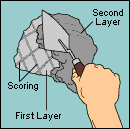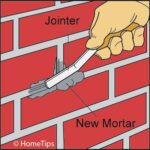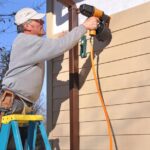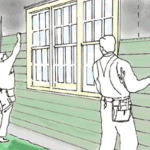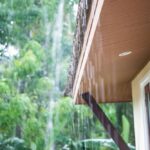How to buy the best brick and stone-veneer siding, with helpful diagram and advice on brick siding construction, working with mortar, and installation options.
Brick is one of the most durable siding materials. It doesn’t need to be painted, doesn’t rot or fade, and weathers handsomely. It also provides excellent insulation for your house. Bricks come in many sizes, textures, and colors and can be laid in many patterns.
Brick siding is usually applied to a wood-framed wall over building paper. The bricks are held in place with mortar, a mixture of cement, sand, lime, and water. The mortar that holds the bricks together can be finished, or “tooled,” in a number of different ways, including concave, flush with the bricks, extruded between the bricks, raked, or V-joined.
Solid mortar and properly tooled joints are key to keeping your house weathertight. And, although bricks and mortar are solid, durable materials, they are also porous. If you live in a very rainy climate, you may want to consider regularly applying a clear water-repellent coating to preserve the brick, especially if you get several spells of freezing and thawing during the winter.
Sometimes what appears to be a stone or brick wall on a house may actually be a lightweight- concrete, manufactured-stone veneer. A mixture of Portland cement, natural aggregates, and iron oxide pigments is poured into molds made from real stones. The result is a durable, fireproof, very solid material that looks incredibly realistic.
Veneers come in a broad palette of colors and styles, in individual units or panelized, 1/2 inch to 4 inches thick. Like solid brick, they are applied over wood framing. And also like solid brick, they can last the life of your home, with an annual hosing the extent of the maintenance.
Installation must be done by a professional mason, and prices can vary widely by region; the national average is about $8 per square foot. The retail cost per square foot for materials runs anywhere from about $2.25 to $4 per square foot.



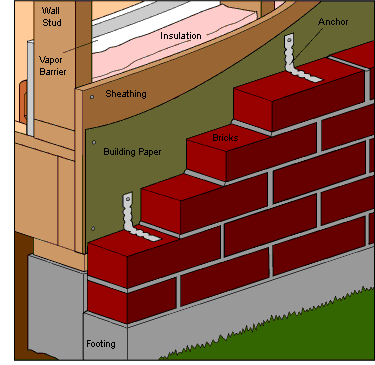
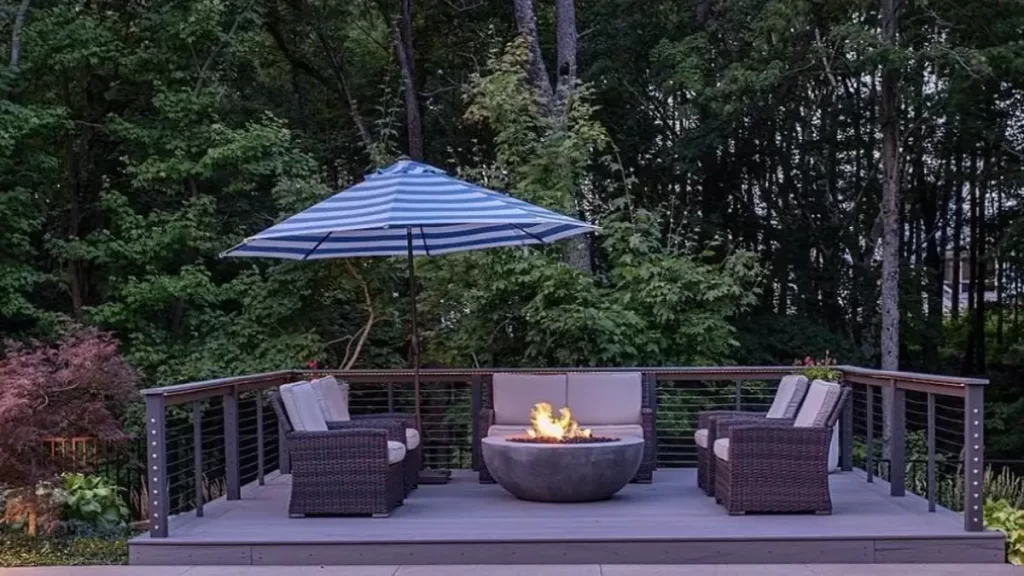
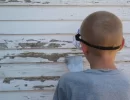
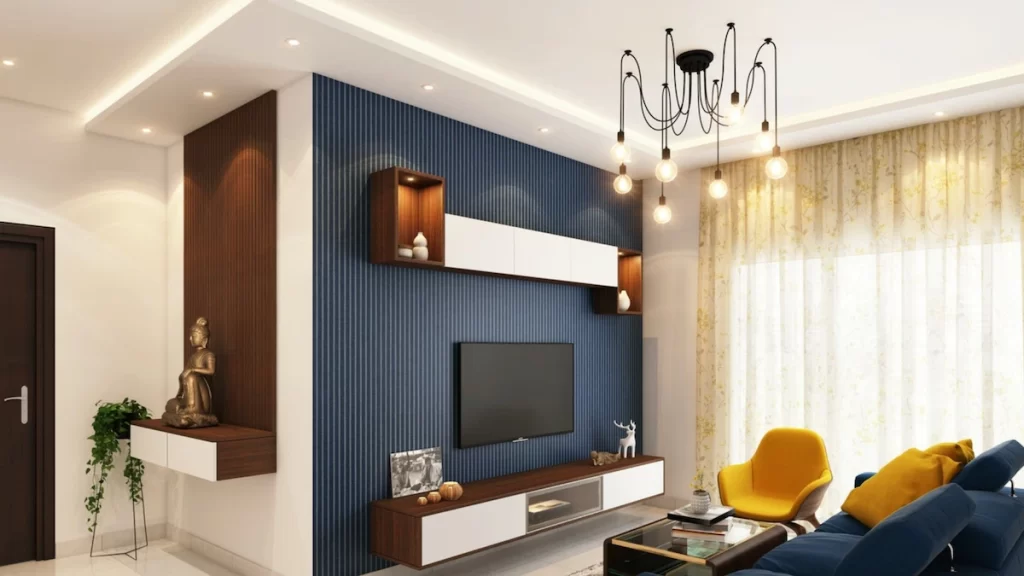
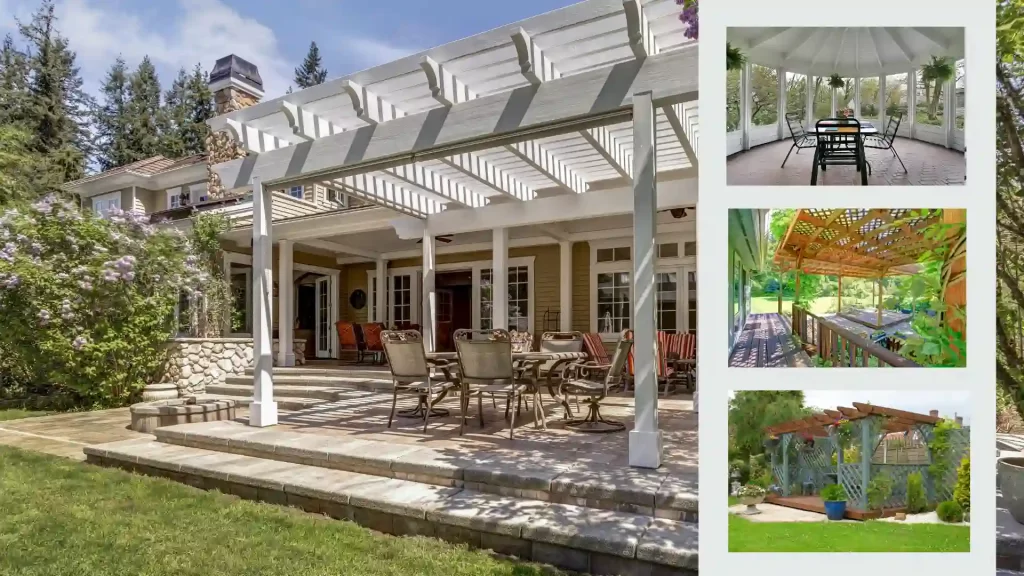
 Don Vandervort writes or edits every article at HomeTips. Don has:
Don Vandervort writes or edits every article at HomeTips. Don has:
